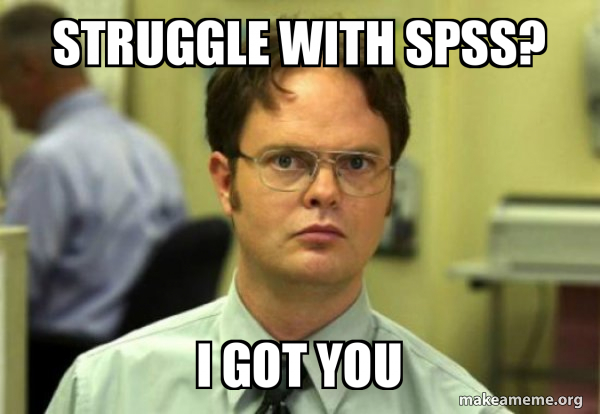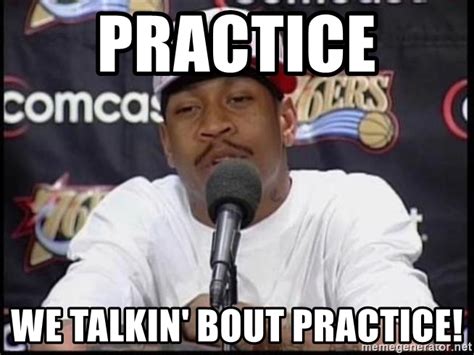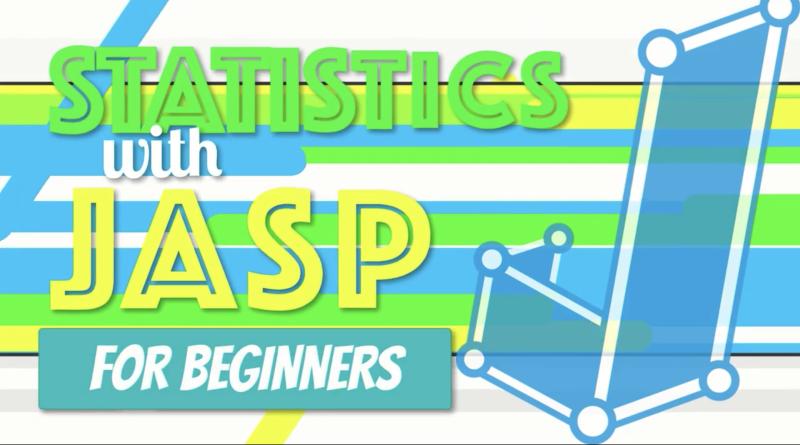Video: One-Way ANOVA (SPSS for Beginners)
Video (11:19) from Research by Design described as follows, “Using the same example from the Wizard of Oz involving Munchkins and wicked witches in various regions that we used learning ANOVA by hand, we are going to learn about conducting a one-way ANOVA using SPSS. We will create the dataset in SPSS, conduct a one-way […]
Video: One-Way ANOVA (SPSS for Beginners) Read More »






